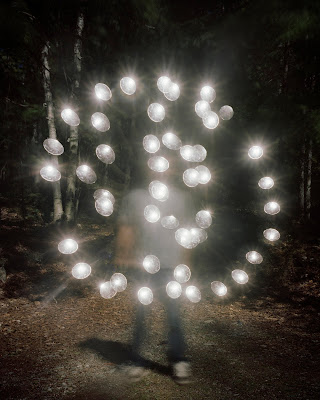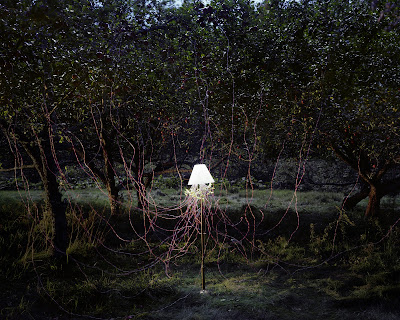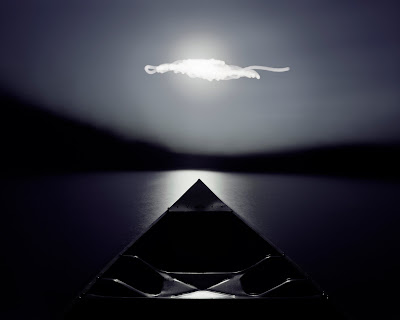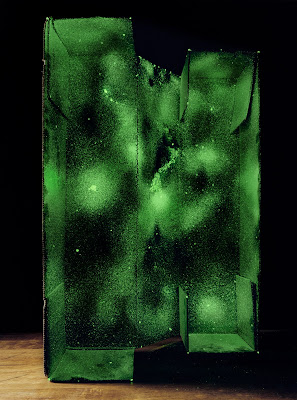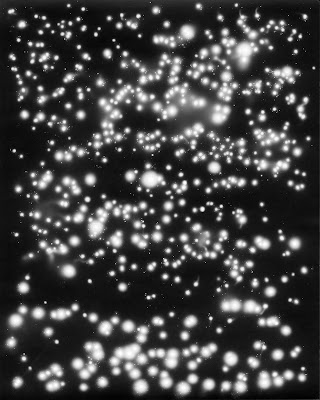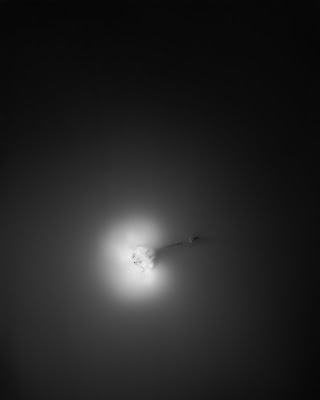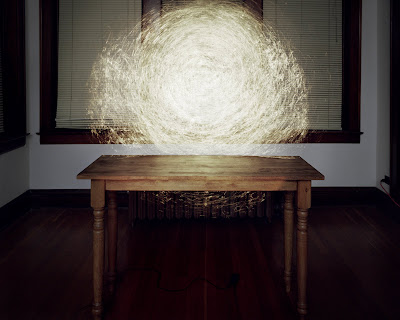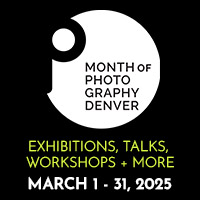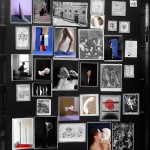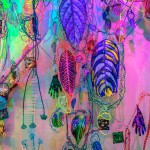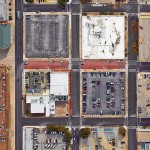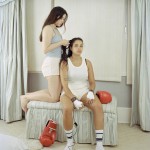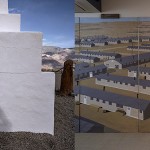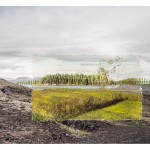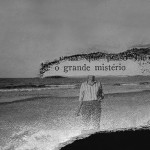Caleb Charland
“The most beautiful thing we can experience is the mysterious. It is the source of all true art and all science. He to whom this emotion is a stranger, who can no longer pause to wonder and stand rapt in awe, is as good as dead: his eyes are closed.” –Albert Einstein
It’s hard to ignore an image like the one above, and it’s hard to ignore someone who is really enjoying the art and science of our craft. From the home page on his website, it’s obvious that Caleb Charland is a unique and exciting visual force. As Caleb puts it, “For me, wonder is a state of mind somewhere between knowledge and uncertainty.” This wonder was developed growing up in rural Maine, where he spent much of his childhood helping his father remodel family homes. These experiences “installed an awareness of the potential for the creative use of materials”. Caleb went on to earn a BFA in photography from the Massachusetts College of Art and Design and an MFA from the School of the Art Institute of Chicago as a Trustees Fellow in 2010.
The way we understand the world relies so much on our ability to measure it. Given that many measurements are based on the proportions of the human body its clear we measure stuff to find our place amongst it all and to connect with it in some way. By exploring the world at hand, from the basement to the backyard, I have found a resonance in things. An energy vibrates in that space between our perceptions of the world and the potential the mind senses for our interventions within the world. This energy is the source of all true art and science, it breeds those beloved “Ah Ha!” moments and it allows us to sense the extraordinary in the common.
For me, wonder is a state of mind somewhere between knowledge and uncertainty. It is the basis of my practice and results in images that are simultaneously familiar yet strange. Each piece begins as a question of visual possibilities and develops in tandem with the natural laws of the world. Serendipitously, this process often yields unexpected results measurable only through photographic processes. The human presence and artifacts of the process provide a clue to the creation of the photograph while adding to the mysterious nature of the image. My hope is that this work affirms that even within the well tested laws of science there are, and must always be, pathways to reinterpretation and discovery.
Posts on Lenscratch may not be reproduced without the permission of the Lenscratch staff and the photographer.
Recommended
-
Re-molding the Self: Clay Feet, Photographs by Rebecca HorneMarch 5th, 2025
-
Nancy Kaye: Too Many GunshotsMarch 4th, 2025
-
Photography Educator: Aimée BeaubienFebruary 21st, 2025
-
Tom Crawford: OverlookedFebruary 11th, 2025
-
Margaret Liang: Mountain of A?January 25th, 2025




